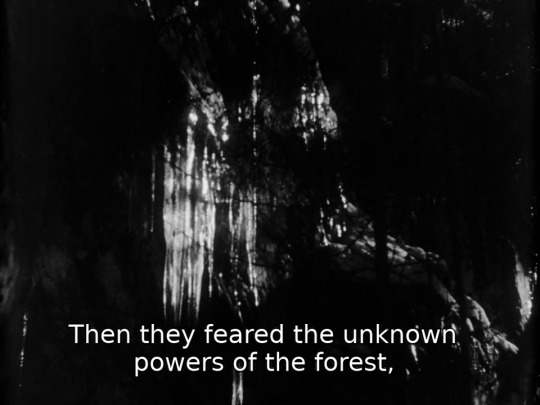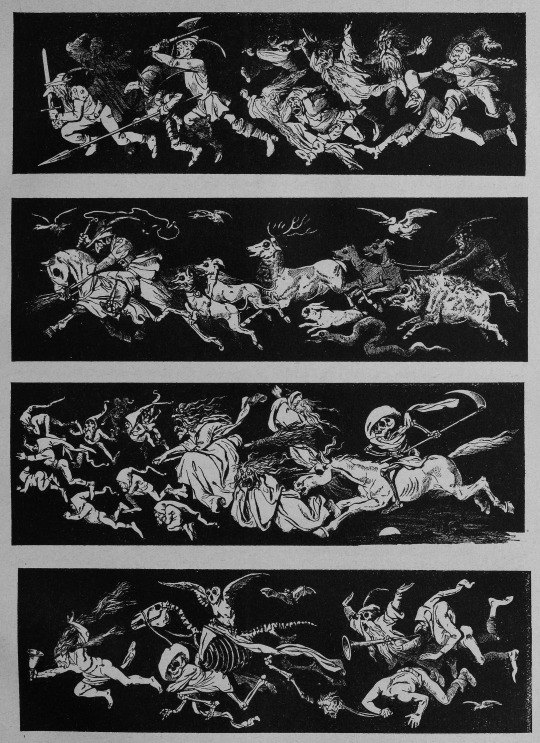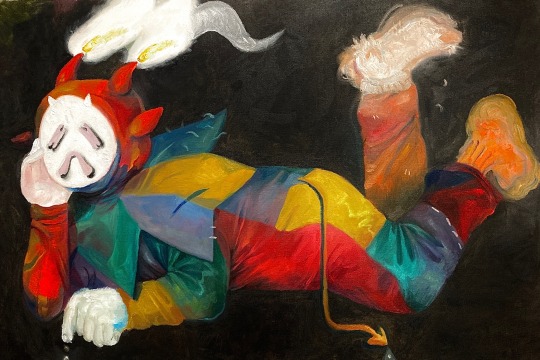Photo

There are voices in the static, strange words whispered down the wires.
77K notes
·
View notes
Text

Harald Metzkes (Bautzen 1929)
The experiment
Mixed media
Stahl Auctions
13 notes
·
View notes
Text

Sofía Bassi (Mexican,1913-1997)
Huang Ho
oil on canvas
114 notes
·
View notes
Photo


Midwinter Sacrifice, 1946, Gösta Werner
3K notes
·
View notes
Photo

“Last night I photographed a Barn Owl hovering above prey at a local farm where I have been baiting them for some time, I did attempt this last winter but failed due to the lens misting, still a work in progress” ~ Roy Rimmer
131K notes
·
View notes
Photo

Angel and the LIttle Shepherd Boy, Jacek Malczewski
193 notes
·
View notes
Text

Satan presiding at the Infernal Council - John Martin, 1824.
64 notes
·
View notes
Text

Mourning ring, 1801
'Inscribed with the initials of seven children in the same family, aged 2 to 16, who died within the space of a week in 1801. They likely perished in a smallpox or cholera outbreak.
Traditionally, white enamel was used for children and unmarried persons. Unusually, this ring is enamelled in black with a narrow white border.'
In the collection of the Victoria and Albert Museum.
19 notes
·
View notes
Text

Jan van Beers - Willem van Saeftinghe, Lay Brother of Ter Doest Abbey (1879)
56 notes
·
View notes
Photo

The Queen’s City Malene Reynolds Laugesen
167 notes
·
View notes
Photo

The Wild Hunt, ‘’Der Orchideengarten’’, 1919 issue. The Wild Hunt is a folklore motif that occurs in the folklore of various northern European cultures. Wild Hunts typically involve a chase led by a mythological figure escorted by a ghostly or supernatural group of hunters engaged in pursuit. The leader of the hunt is often a named figure associated with Odin in Germanic legends, but may variously be a historical or legendary figure like Theodoric the Great, the Danish king Valdemar Atterdag, the dragon slayer Sigurd, the Welsh psychopomp Gwyn ap Nudd, biblical figures such as Herod, Cain, Gabriel, or the Devil, or an unidentified lost soul or spirit either male or female. The hunters are generally the souls of the dead or ghostly dogs, sometimes fairies, valkyries, or elves. Seeing the Wild Hunt was thought to forebode some catastrophe such as war or plague, or at best the death of the one who witnessed it. People encountering the Hunt might also be abducted to the underworld or the fairy kingdom. In some instances, it was also believed that people’s spirits could be pulled away during their sleep to join the cavalcade. The concept was developed by Jacob Grimm in his Deutsche Mythologie (1835) on the basis of comparative mythology. Grimm believed that a group of stories represented a folkloristic survival of Germanic pagan tradition, but comparable folk myths are found throughout Northern, Western and Central Europe. Grimm popularised the term Wilde Jagd (‘Wild Hunt’) for the phenomenon.
222 notes
·
View notes





